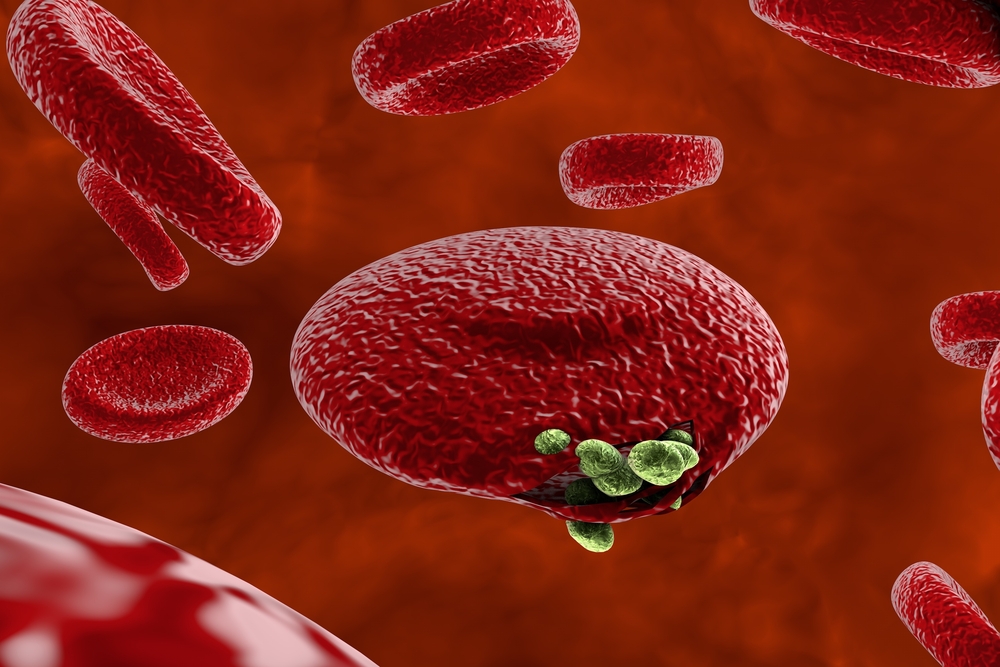
The malaria-causing Plasmodium falciparum parasite needs two proteins to infect red blood cells and exit the cells after it multiplies, according to a recent study conducted by researchers at the Eunice Kennedy Shriver National Institute of Child Health and Human Development.
The researchers said the finding may provide them with potential new targets for drug development.
Specifically, the research team sought to discover the role of two of the 10 types of plasmepsin proteins produced by P. falciparum, plasmepsins IX and X, for metabolic and other processes. For the study, they developed malaria parasites that lacked either of plasmepsin protein X or IX under experimental conditions and compared them to those that had the two proteins.
The researchers found plasmepsin IX in specialized cell structures inside the parasite called rhoptries, which help it invade red blood cells. Parasites that lacked plasmepsin IX were found to have defective rhoptries.
The team then observed plasmepsin X in small vesicles that help malaria parasites exit infected cells, called exonemes. Further, plasmepsin X was found to process an important protein called SUB1. Devoid of plasmepsin X, the parasites were found to lack the ability to process SUB1 and couldn’t infect red blood cells or exit the cells after multiplying.
After identifying the specific plasmepsin proteins, the research team then identified three experimental malaria treatments that could target plasmepsin X. One drug, called CWHM-117, has already been tested in mouse models.
Parasites lacking the specific plasmepsins could potentially be used to screen candidate drugs to identify anti-malaria compounds, according to the researchers.
The study received funding from the National Institutes of Health.




